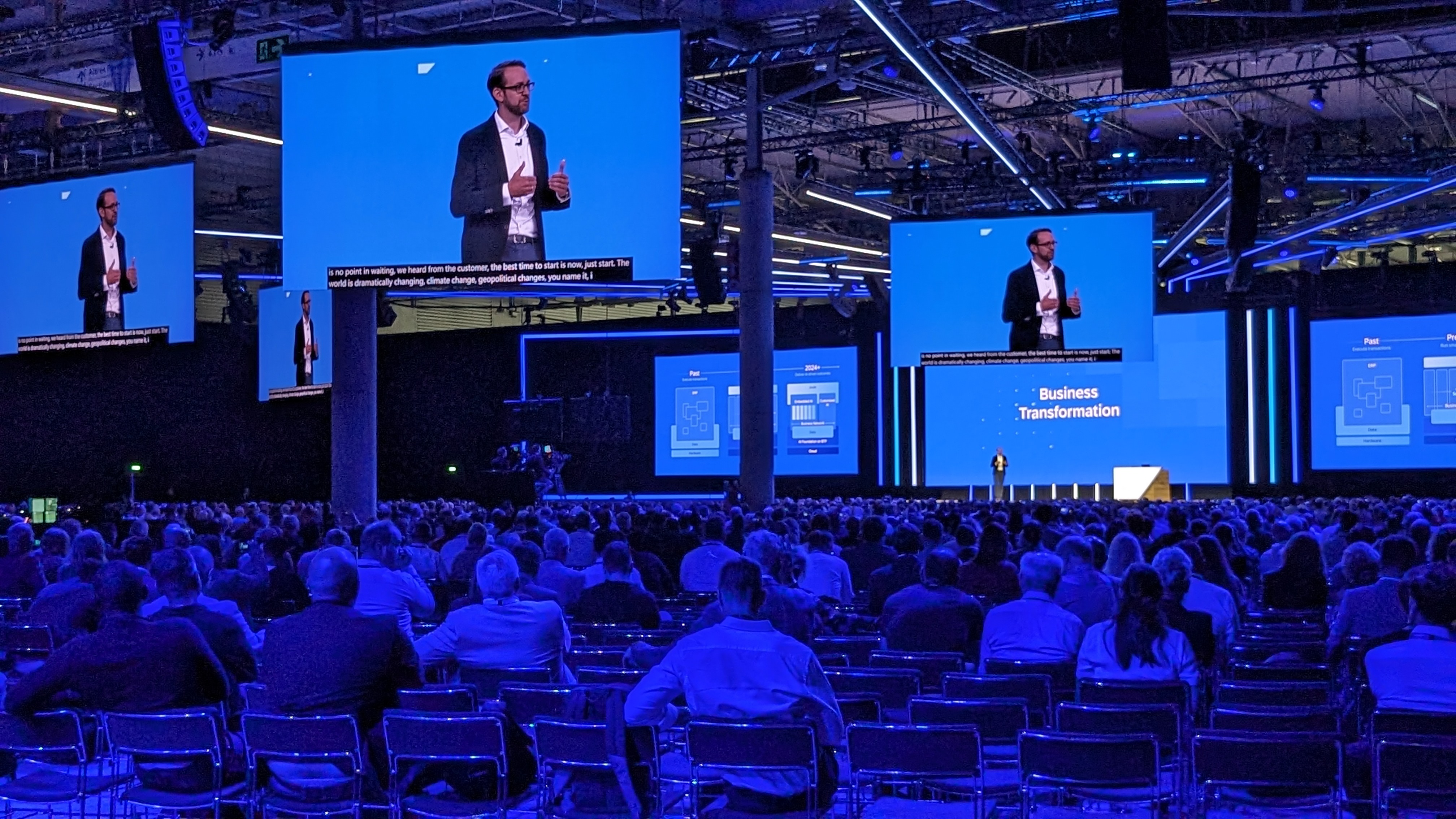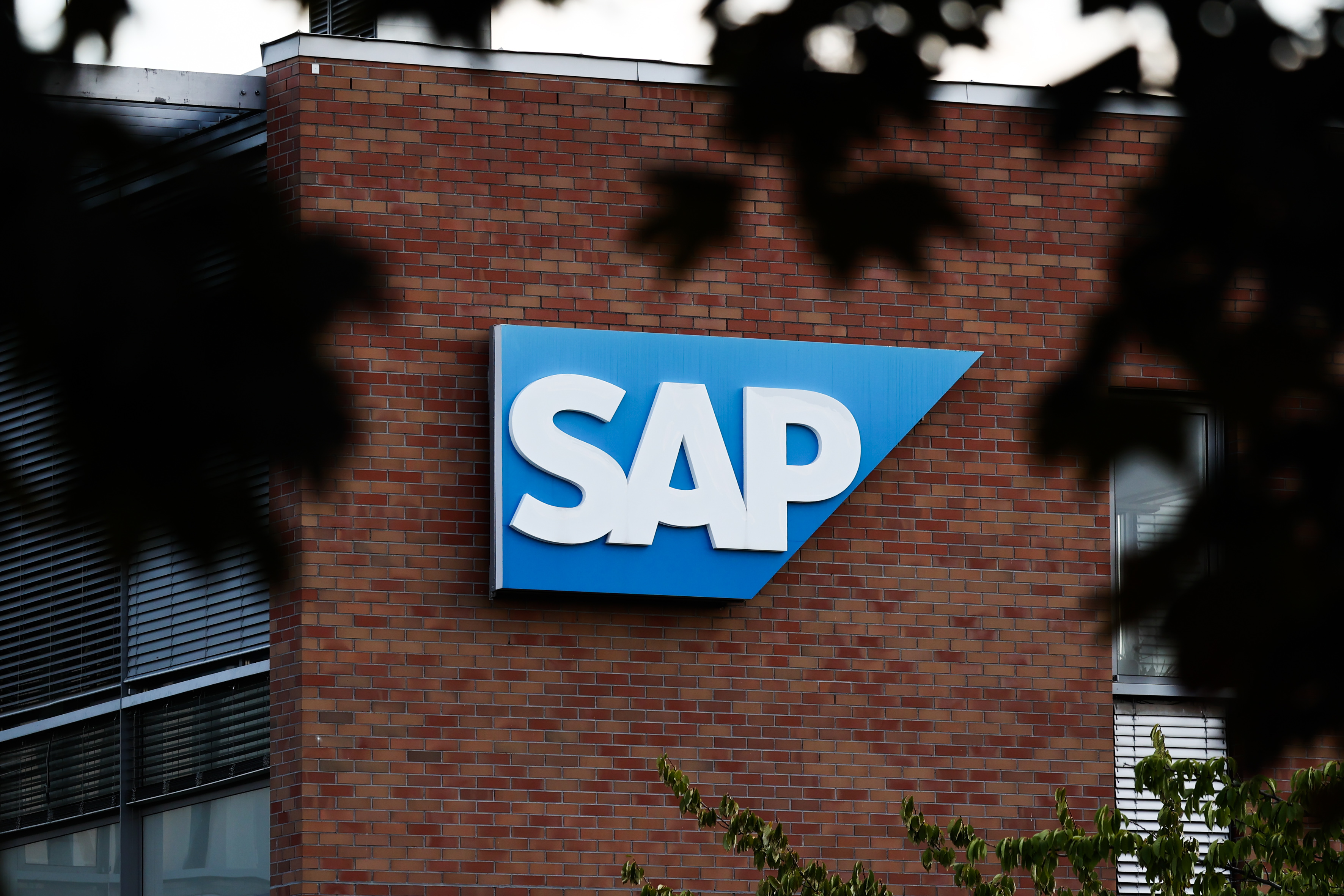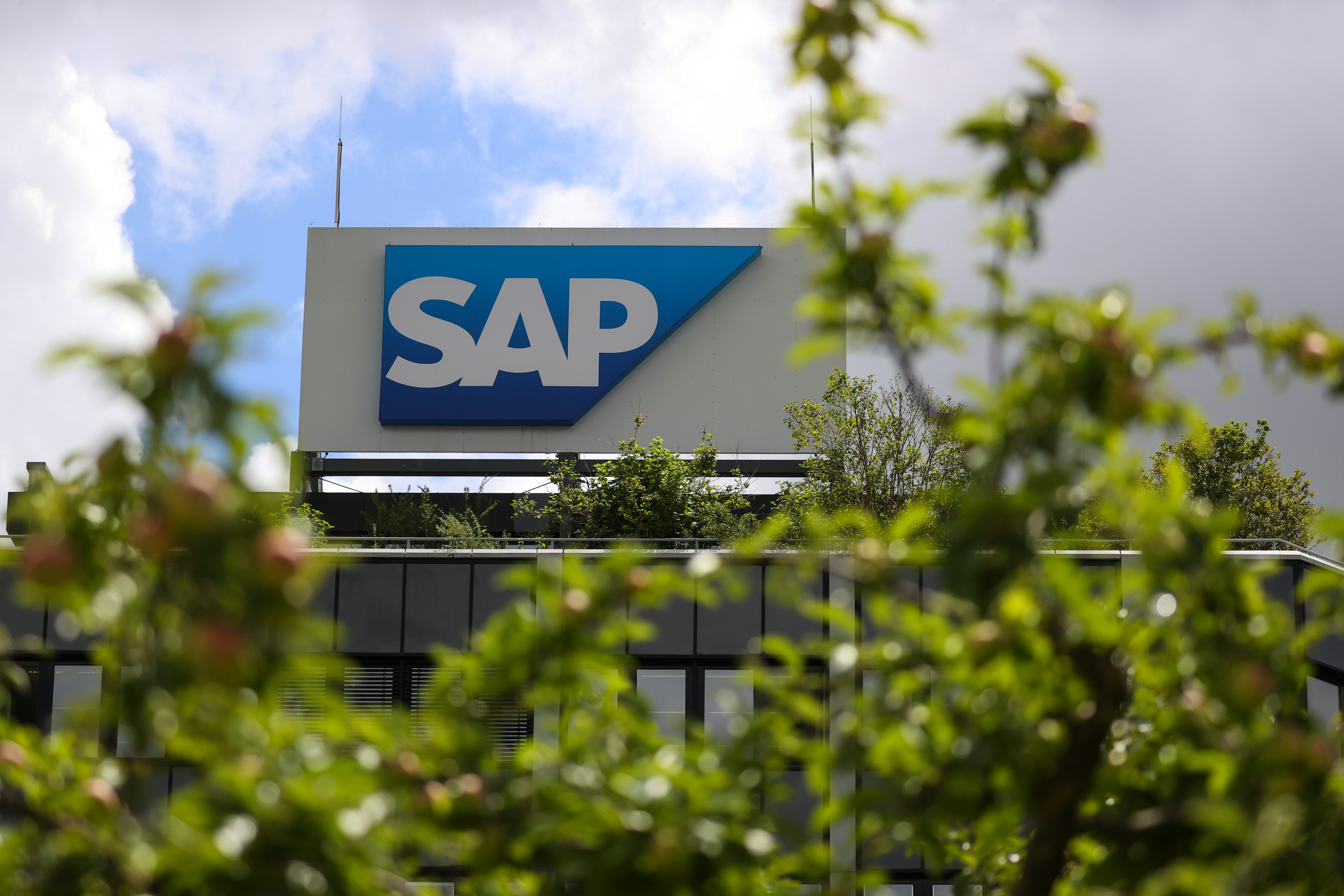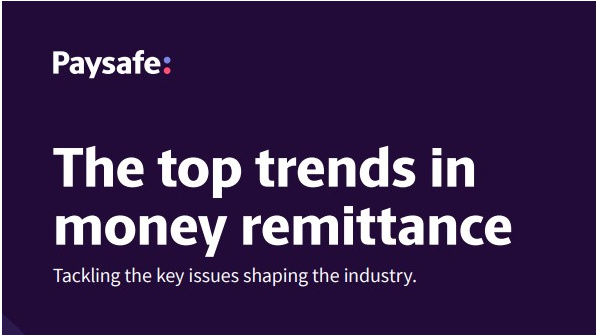Hillarys Blinds: Cloud isn't crucial for IT transformation
How the UK company got ahead of the curve without outsourcing its infrastructure

When Hillarys Blinds set out to complete an ambitious IT change programme in 2015, it had plenty of challenges it needed to overcome.
Customer support staff were bypassing the Nottingham-based retailer's slow CRM system and its ERP product from SAP was nearing the end of support. Meanwhile IT staff were skilled in HP-UX, a Unix-based operating system that had its start in 1984.
Head of ICT Julian Bond didn't just want to upgrade the retailer's technology, but move it ahead enough that Hillarys felt the benefit of focusing on long-term strategy, rather than gearing up for another IT overhaul in another couple of years. It needed to do all this without disrupting its day-to-day operations, which have seen it build a 200 million turnover from a 26% market share.
Three years on, and the company's transformation project has delivered a vast CRM performance upgrade, faster overnight data uploads and increased virtualisation, doing it all without moving its infrastructure to the cloud.
Moving to S/4 HANA
The catalyst for the change programme was the blunt fact that Hillarys was nearing the end of support for SAP's ERP product ECC 5.0. Instead of simply upgrading to ECC 6.0, Bond was considering a move to S/4 HANA, SAP's Business Suite running on HANA, the German vendor's speedy data-processing platform, to improve the performance of some of Hillarys' key applications.
"We wanted to move ourselves further up the curve to be more masters of our own destiny," Bond tells IT Pro. "When you constantly lag at the back of a pack, always bumping against [the fact that] your product is about to go outside of support, it doesn't give you the room to make the right strategic decisions - it's always 'I've got to do this quickly'."
Adopting HANA would not only move Hillarys to ECC 6.0 as part of the S/4 suite, but the blinds retailer could also take advantage of other HANA apps using the much more user-friendly Fiori interface.
Get the ITPro daily newsletter
Sign up today and you will receive a free copy of our Future Focus 2025 report - the leading guidance on AI, cybersecurity and other IT challenges as per 700+ senior executives
Wider business challenges
Upgrading to HANA meant getting rid of Hillarys' longstanding Oracle relational database, which had been struggling to cope with query-intensive applications like CRM.
"In a worst case scenario the customer finished a call with us and we still hadn't found all the information we needed because it just took so long," admits Bond.
This led to staff finding workarounds outside of the CRM application, making it unreliable in terms of providing all the latest information on a customer.
But the in-memory data processing capabilities of HANA, coupled with its columnar structure, saw dramatic improvements in CRM queries, making them nearly instantaneous.
"It's absolutely changed the customer experience for people," Bond says.
HANA also brought benefits to Hillarys' ERP and data warehousing tasks. Before the move, the process of uploading data to Business Warehouse almost took Hillarys' entire overnight window to complete from 9pm when the contact centre closed to 7am when it opened again.
"That was always a hassle," Bond explains. "Just moving onto the HANA database we saved two-thirds of the time overnight it really opened up again that overnight window using the in-memory processing power of HANA and using it on a columnar database really allowed it to crunch the data that much more quickly."
The time saving has allowed Hillarys use its remaining overnight window to interrogate its data more closely and to line up email communications to customers.
"It's not just Business Warehouse that's benefitting; it's clearly sucking [the data] from the ERP system and that's also now on HANA, so together those have made a really demonstrable change," adds Bond.
On-premise still holds promise
Given the transformative nature of the project, why didn't Hillarys go the whole hog and host everything in the cloud?
While Bond believes any company in a similar position now has to at least consider cloud, for Hillarys the reality is the number of systems the wide-ranging change programme would touch meant it made more sense to keep the SAP environment in-house.
Nearly 100% of customer orders come through SAP's process integration module that links together various on-premise applications. Any problems moving any of these applications into the cloud could have had a knock-on effect on orders.
Additionally, SAP's cloud version of S/4 still doesn't contain the full functionality that Hillarys benefits from on-premise - in particular, a niche product that manages the complex process behind producing Hillarys' unique blinds.
But a chief factor was cost, Bond explains. In addition to the other issues, it was just as expensive to host S/4 in SAP's cloud as running it on-premise, if not more so.
"Maybe I'm old-fashioned, but I'm still looking for the cloud to deliver me a cost saving and when we ran our numbers, we were paying a premium for it," Bond says.
"Now that's partially because SAP in the cloud space was fairly new I think you were paying a premium for that but it certainly wasn't a no-brainer from a commercial point of view. If it had been, it might have overcome other factors that didn't go in its favour, but if you look overall there's enough question marks ... it doesn't tip you over the line."
Moving from Unix to Linux
Instead of hosting its SAP environment in the cloud, Hillarys installed SAP-approved Huawei servers at the expense of its longstanding HPE estate.
This necessitated another shift, from HPE's Unix-based operating system, HP-UX, which Hillarys had been running for 15 years, to Linux.
Bond explains the decision to move to Linux solved a skills issue for Hillarys.
"We had been finding it harder and harder to find skills in that area because these days people are growing up not having used Unix, only having used Linux, so we were finding it difficult to find people with [both] SAP and Unix skills."
He looked at Red Hat and SUSE's Linux implementations, but despite Red Hat's impressive number of global deployments, he eventually plumped for the latter after trying them both out, given its closer working relationship with SAP.
"It's not just the standard version that we're running, we're running SUSE Linux Enterprise for SAP Applications, so they've really worked with SAP to make sure it supports the SAP stack very well," Bond states.
The move to Linux also allowed Hillarys to make greater use of virtualisation with VMware, which he says is well-supported by SUSE Linux, but comparatively limited on HP-UX.
Hillarys didn't wait for the upgrade to complete in February 2016 to start reskilling its IT staff it started as soon as it made the decision.
"Running SAP systems is hard, so we started with some easy SUSE Linux general systems that let us get used to the interface," Bond explains. "[We said] 'let's get people certified then when we move onto the harder systems they will feel far more confident' you have to bring people on that journey."
Securing itself against hackers
While Hillarys chose to remain on-premise for its central ERP system, it did choose to host its website on Amazon Web Services.
But with 50%-60% of its sales leads coming online, Bond decided some extra security was necessary, opting to use Alert Logic's cyber threat detection platform to provide some extra visibility into its AWS infrastructure.
"If you ran the flag up the pole every time someone did a port scan on you, then the flag would never come down," contends Bond. "What Alert Logic has been good for is in being able to prioritise and quantify and make sure we're looking at the right things. That built-in intuitiveness absolutely has brought a benefit."
Hillarys achieved its IT transformation programme by carving it into lots of smaller projects, Bond says, but believes that winning his CEO's trust has helped generate the buy-in necessary to deliver such a long-term programme.
"In some ways it was a bit like that for our move to SAP on HANA," he says. "It looked like a whole pile of expense just to move us to a later version [but] it's yielded benefits for us, you absolutely see the payback not all of that could you quantify up front."
Now Bond is focused on exploring more of the benefits of being on HANA, as well as linking Hillarys' front-end web systems more tightly to its back-end capabilities to improve customer experience.
Having completed the project, especially without trusting its future to SAP's fortunes in hosting its own cloud service, Bond believes Hillarys is now well-positioned for the future.
"That leap right forwards to HANA meant that actually we're in the sweet spot and we've really got an opportunity to see [what happens] over the next five years," he says.
"Who knows how SAP is going to fare in that cloud world, but at least I'm not going to have to make any knee-jerk reactions to be supported, because I've moved myself that much further up the curve."
Main image credit: Bigstock
-
 Cleo attack victim list grows as Hertz confirms customer data stolen
Cleo attack victim list grows as Hertz confirms customer data stolenNews Hertz has confirmed it suffered a data breach as a result of the Cleo zero-day vulnerability in late 2024, with the car rental giant warning that customer data was stolen.
By Ross Kelly
-
 Lateral moves in tech: Why leaders should support employee mobility
Lateral moves in tech: Why leaders should support employee mobilityIn-depth Encouraging staff to switch roles can have long-term benefits for skills in the tech sector
By Keri Allan
-
 Digital immaturity is holding back growth in the UK
Digital immaturity is holding back growth in the UKNews Research from SAP shows a lack of digital maturity is holding back enterprise digital transformation goals.
By George Fitzmaurice
-
 SAP has found a way to bring us all on the digital transformation journey
SAP has found a way to bring us all on the digital transformation journeyAnalysis From Joule to WalkMe, Sapphire 2024 was all about how generative AI can make everyone’s job that little bit easier – and this is just the start
By Bobby Hellard
-
 SAP just appointed its first chief AI officer
SAP just appointed its first chief AI officerNews The company veteran will lead a new SAP business unit dedicated to the growth and progression of its AI offering
By Daniel Todd
-
 SAP treads a fine line with restructuring plans amid generative AI push
SAP treads a fine line with restructuring plans amid generative AI pushAnalysis SAP said it plans to integrate generative AI tools heavily within operations, but has been keen to emphasize this won’t equate to mass job cuts
By Ross Kelly
-
 Better together
Better togetherWhitepaper Achieve more with Windows 11 and Surface
By ITPro
-
 Transforming the enterprise
Transforming the enterpriseWhitepaper With Intel and CDW
By ITPro
-
 FDM Group strikes SAP partnership to train next generation of tech consultants
FDM Group strikes SAP partnership to train next generation of tech consultantsNews New collaboration aims to meet the growing demand for SAP expertise and bridge the wider digital skills gap
By Daniel Todd
-
 The top trends in money remittance
The top trends in money remittanceWhitepaper Tackling the key issues shaping the money remittance industry
By ITPro